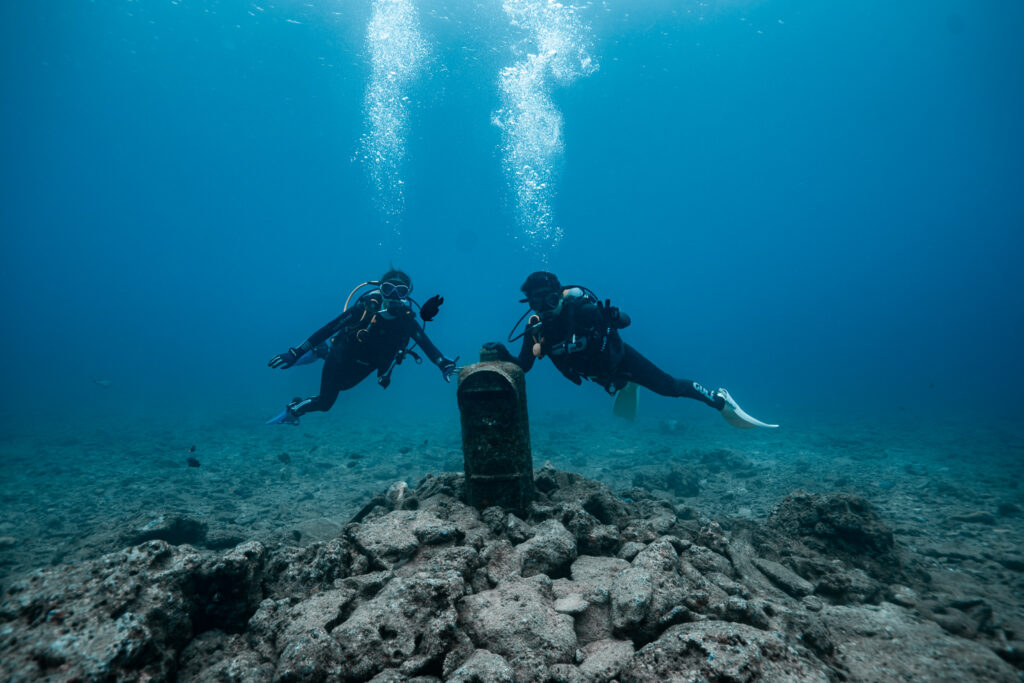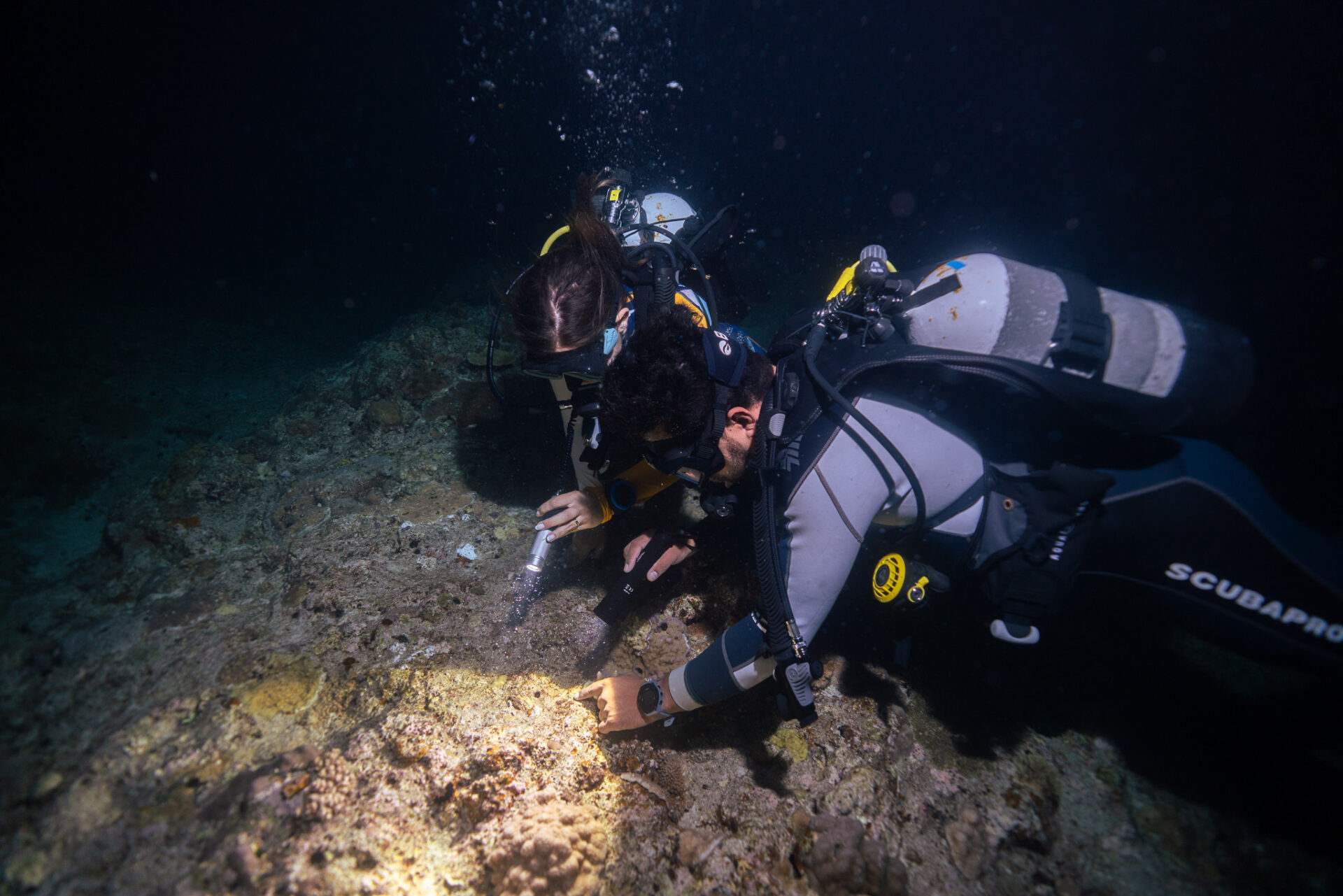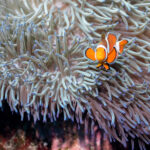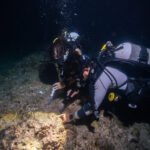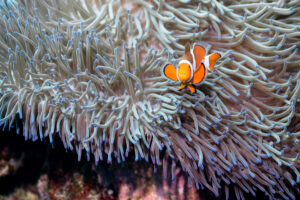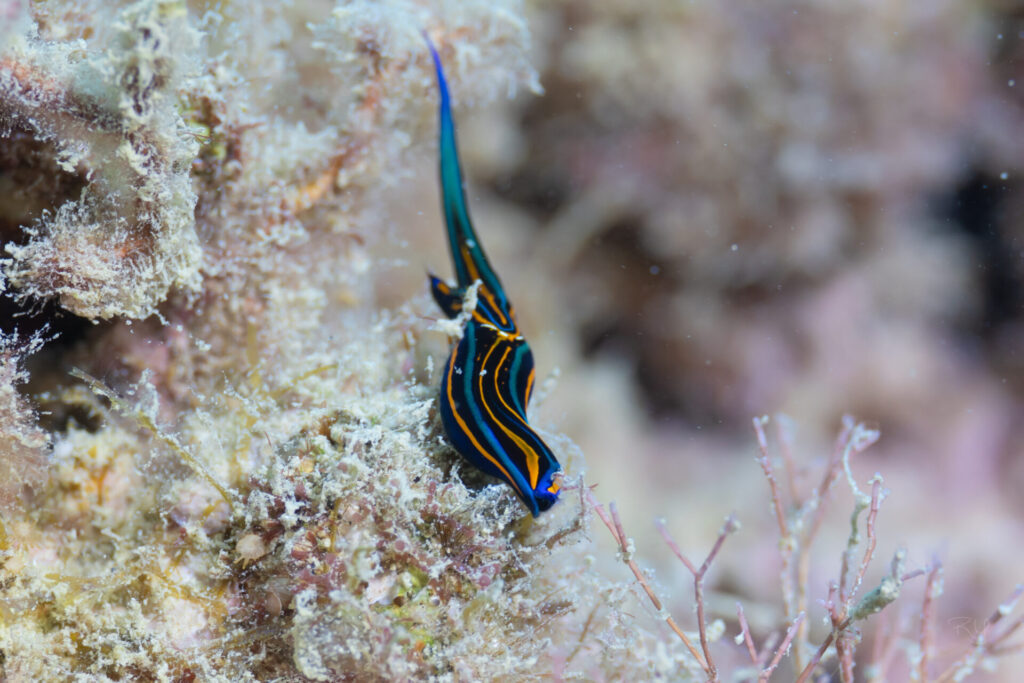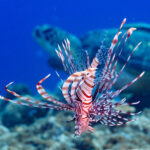What’s the Night diving
Night diving in scuba diving is the activity of exploring underwater environments after sunset, using artificial light sources like underwater flashlights or torches to illuminate the surroundings. This type of diving provides a unique experience as it unveils a different perspective of marine life and underwater landscapes that are not visible during daylight hours.
During night dives, divers can witness a shift in the behavior of marine creatures. Nocturnal species become active, and the underwater environment takes on a surreal ambiance. The use of lights adds an extra layer of excitement and reveals the vibrant colors and intricate details of marine life.
Night diving requires specific skills and considerations, including proper equipment usage in low-light conditions, effective communication using hand signals and lights, and careful dive planning to ensure safety. It is an exhilarating adventure that allows divers to explore the mysteries of the ocean in a completely different way.
The underwater creatures
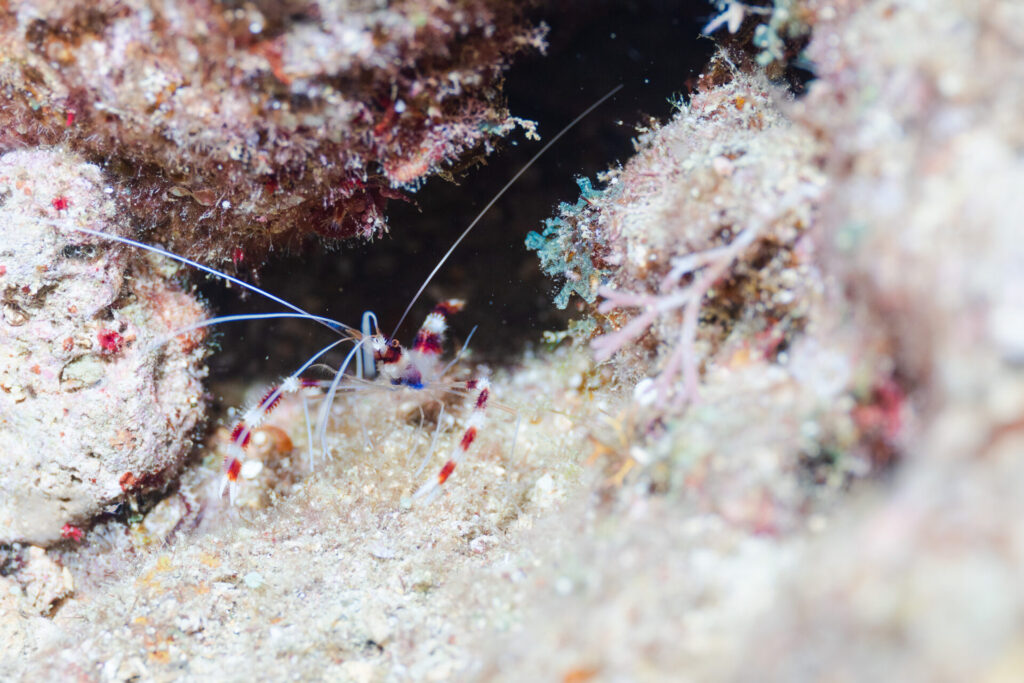
Banded coral shrimp
An interesting fact about the banded coral shrimp is its distinctive and eye-catching coloration, which serves as a form of warning to potential predators. The banded coral shrimp typically displays a bright red and white striped pattern, resembling a signal for caution. This coloration is known as "aposematism."
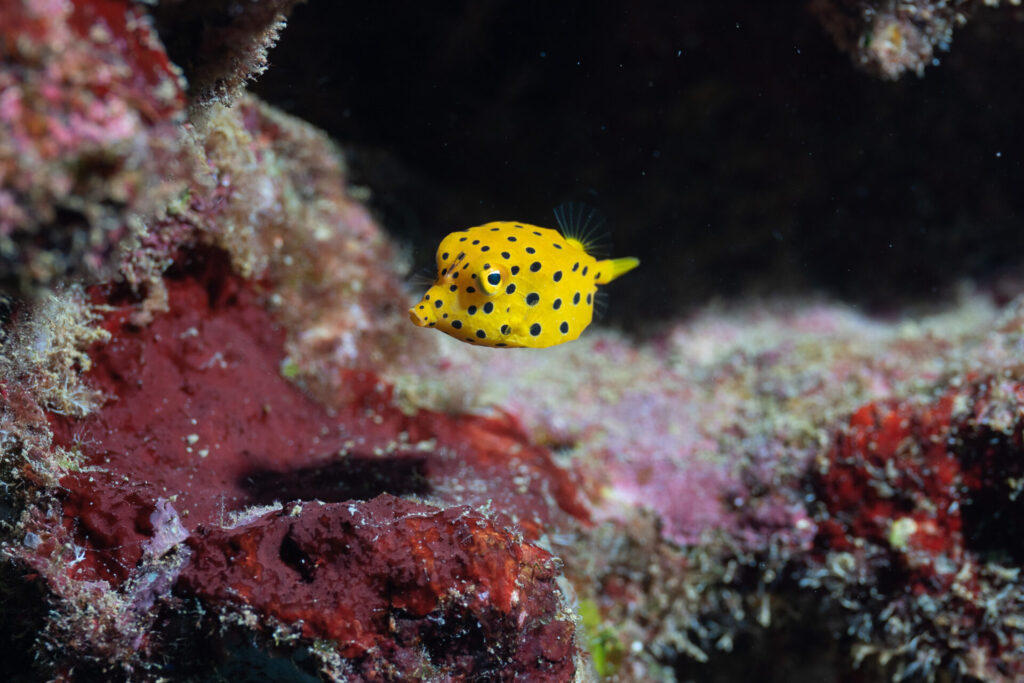
Yellow boxfish
One of the amazing fish which transformation body patterns from juveniles to adults.
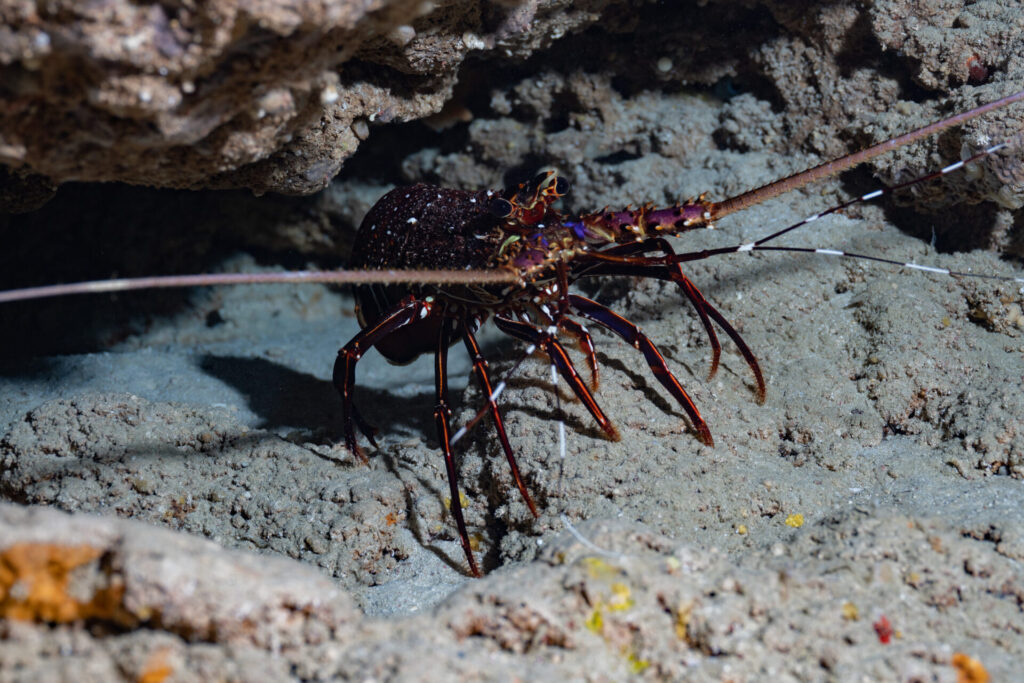
Lobster
"Don't look at me with such appetizing eyes."
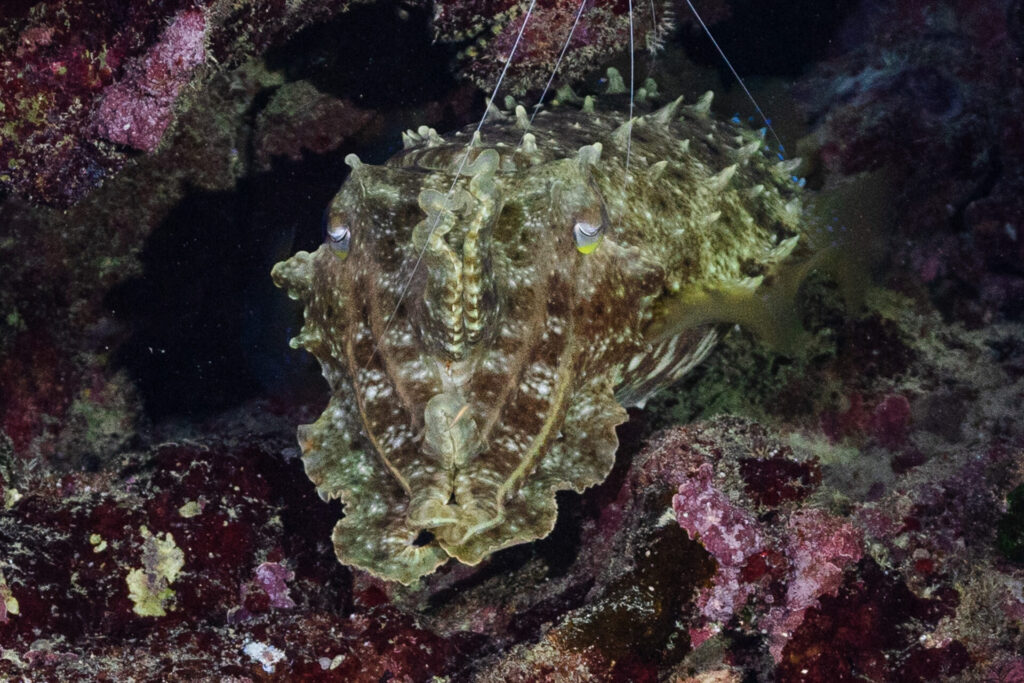
Cutter fish
Cuttlefish are masters of camouflage. They can rapidly change the color and pattern of their skin to match their surroundings, making them nearly invisible to predators and allowing them to ambush prey effectively.
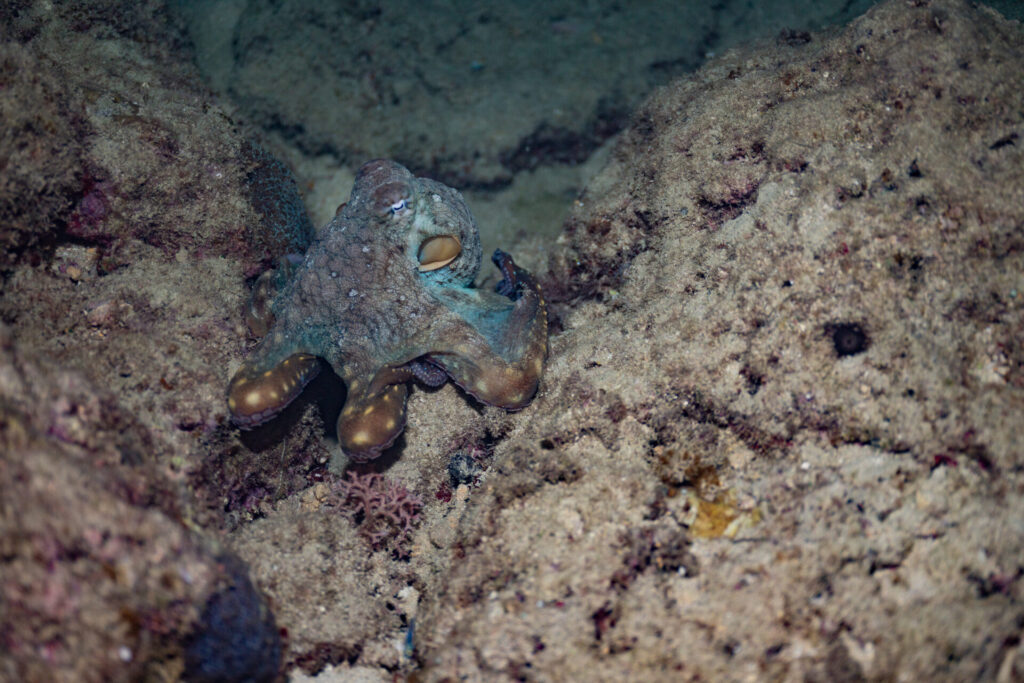
Octopus
Octopuses have excellent vision, but their eyes are sensitive to light. Being active at night allows them to utilize their vision more effectively in low-light environments.
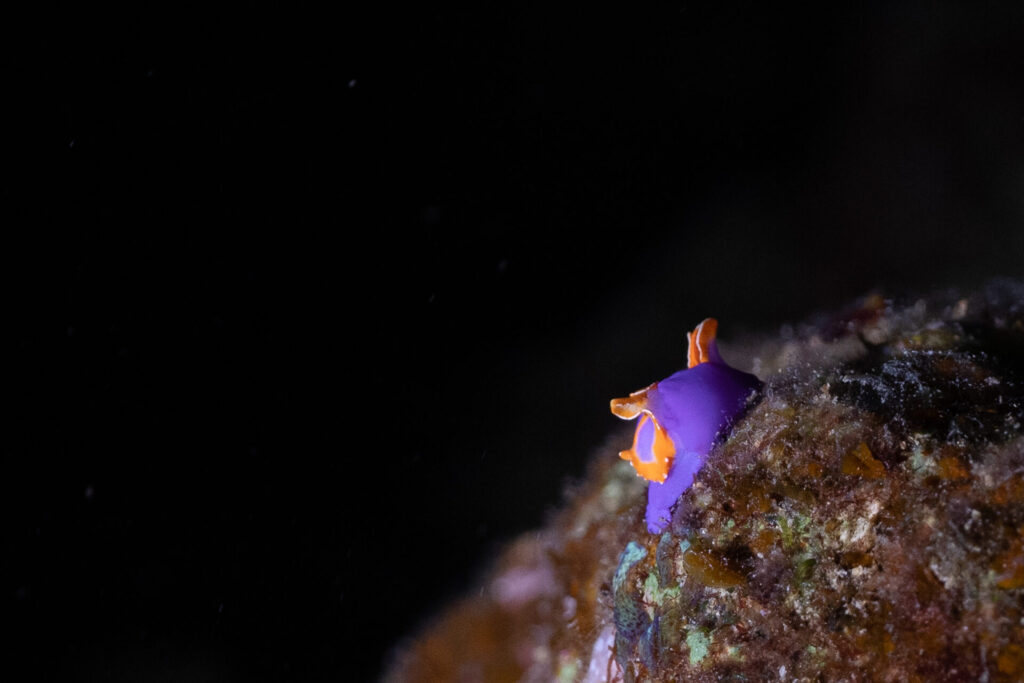
Nudies
Some nudibranchs exhibit mimicry by imitating the colors and patterns of other, more venomous or unpalatable species. This allows them to benefit from the protective signals of their models without possessing the same level of toxicity.
Many nudibranchs feed on sponges. They may selectively choose certain sponge species, as some sponges contain toxic compounds that the nudibranchs can use for their own defense.

